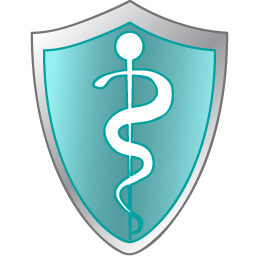Medical online Diagnosis API software result
 Published: 20 Aug 2024
Published: 20 Aug 2024
POST requests also take JSON inputs (make sure you include the header Content-Type: application/json).
Authentication
The Diagnosis API uses custom HTTP header to authenticate your requests. Setup
The current version of the Diagnosis API is available at https://diagnosisapi.azurewebsites.net. It is a standard web service (Web API) that accepts GET and POST requests. You will need to add AuthenticationID header to every request you make. The lists cannot be empty, so first you need to collect an initial information to run diagnosis.We will provide you with your unique AuthenticationID value after you made a production order registration.
First request
The most important part of the API, which handles medical diagnostics, is the /api/DDxItems/ endpoint, which accepts POST requests. For your Demo Development you can use AuthenticationID = DEMO_AuthenticationID. All responses (including error messages) use the JSON format. Apart from laboratory test results, it requires a list of observed symptoms.
The content is constantly reviewed and updated by medical professionals.
A diagnostic engine. The engine links patient information with pieces of content in the knowledge base and returns a list of likely conditions (preliminary diagnosis), care suggestions (triage), or both.But first, let's examine the main parts and core functionality of diagnosis API that can be integrated into a hospital's daily workflow.
DDxHub API is not here to put real physicians out of work. Often powered by AI, it analyzes patient data inputs (like demographics, symptoms, and lab tests) or automatically extracts clinical features from electronic health records. Their mission is to keep patients better informed about the possible roots of their conditions and provide clinicians with decision support. How do healthcare organizations quickly implement such tools in their daily practice? The answer is clear and short - via APIs (application programming interfaces). This is an overview of available diagnosis API along with their primary use cases. It contains data on conditions, diseases, and treatment procedures. Typically, diagnosis API includes two major components.
A knowledge base.
 Published: 20 Aug 2024
Published: 20 Aug 2024